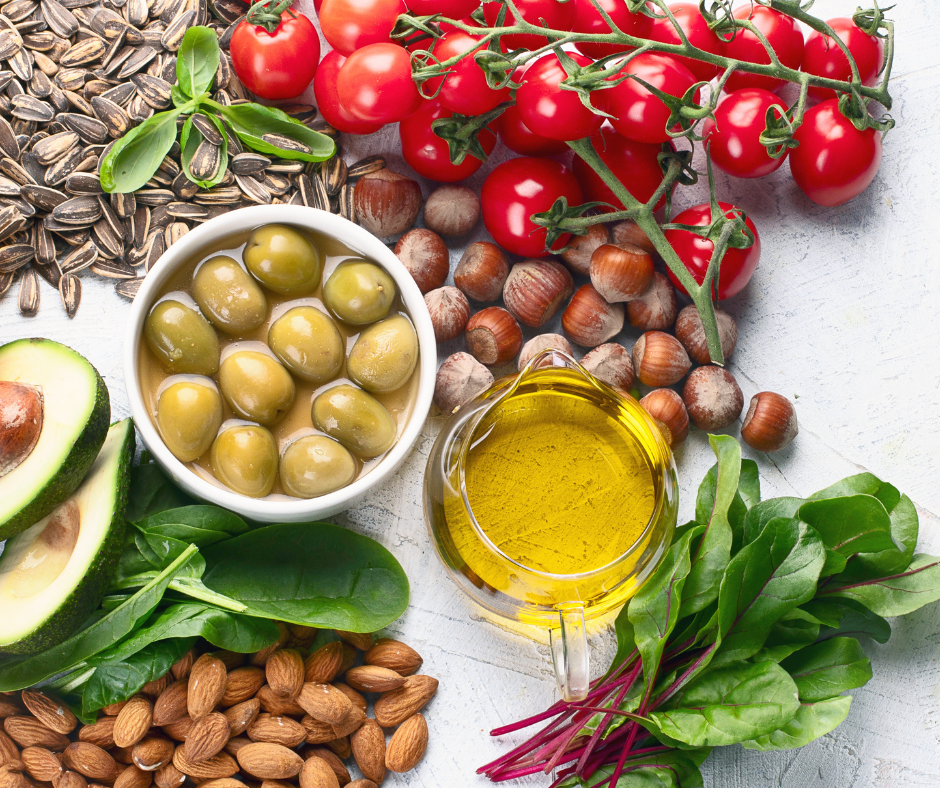14 Jun Vitamin E
This Thought for Food forms part of a series on key nutrients identified as global challenges by the SNi DELTA Model®.
Vitamin E is one of the more controversial nutrients in our diets. This antioxidant has received international study on its biological function, health associations, and global intake. Nonetheless, the reason for its requirement by the body remains not fully understood. Vitamin E also appears as a shortfall nutrient in the DELTA Model®, motivating this article on the current knowledge of this nutrient in human nutrition.
What is vitamin E?
Vitamin E is a catch-all term for a number of molecules with similar antioxidant functions in the human diet, all exclusively produced by plants. Alpha-tocopherol is the form of vitamin E retained by the human body; beta-, gamma- and delta- forms also exist, but are less important nutritionally because they are readily excreted.
The major food sources of vitamin E are vegetables and vegetable oils, nuts and nut oils, and other oilcrops. As these individual foods are often not consumed alone or in high quantities, our vitamin E intakes tend to be the result of small contributions from many parts of our diet, including composite foods.
2022 marks 100 years since the discovery of vitamin E, after it emerged as essential for foetal development in rodents. Vitamin E is now known to be essential in human foetal development also. The main function of vitamin E in adults is as an antioxidant: it scavenges for free radicals – highly reactive molecules prone to reacting with things we would rather they didn’t, causing oxidative stress – and neutralising them. Specifically, the action of vitamin E reduces oxidative stress on cell membranes and lipoproteins with diverse purposes, hence it is of broad importance in the body. Indeed, a recent review stated that Vitamin E has “effects in virtually all the cellular components and biological fluids of the human organism”.
Health considerations
Recommended intakes for vitamin E vary between 3 and 15 mg per day. For reference, a tablespoon of sunflower seed oil – one of the richest sources of vitamin E – contains around 6 mg. Vitamin E is continuously being used and excreted by the body, so intake must be continuous.
Vitamin E deficiency is associated with a broad range of health conditions due to the all-round importance of the cell membranes and lipoproteins it protects. Neurological problems, such as ataxia (a loss of muscle control), have been well studied – particularly in individuals with genetic mutations altering the key regulatory protein, the alpha-tocopherol transfer protein – and can be remedied by increased vitamin E intakes. Vitamin E also has a role in anaemia, as red blood cells appear to have shorter lifespans in deficient individuals, likely due to oxidative stress.
The health benefits of vitamin E supplements are still under debate. Several studies have reported beneficial impacts of supplementation on a variety of health conditions and on immunity, while others have shown no impact. Part of the problem is that the participants are not necessarily undergoing increased oxidative stress. The control group in these studies will consume dietary vitamin E, and the supplemented group may have sufficient antioxidant protection already. Therefore, drawing hard and fast conclusions is challenging.
Intakes and prevalence of deficiency
A 2015 systematic review of 132 studies on vitamin E intakes and blood concentrations globally found that 82% of studied populations had intakes below 15 mg per day. 61% were below 12 mg per day. When measuring serum blood concentrations, 13% of the individuals across all studies had vitamin E levels below the deficiency cut-off of 12 µmol/L. The studies were largely limited to Europe and North America, meaning a good global picture of deficiency remains to be obtained.
The DELTA Model® has demonstrated that global vitamin E availability in food is not sufficient to meet global requirements, with a shortfall of around 20%. The estimated variation in availability between countries is substantial, but with insufficient availability in 140 out of 170 countries.
Using the DELTA Model® Nutrient Supply and Density tools, the richest sources of vitamin E are seeds and seed or vegetable oils, which are also the foods making the greatest contributions to vitamin E availability. Out of a global per capita daily supply of around 9 mg, vegetable oils are responsible for over 5 mg.

How concerning is global vitamin E deficiency?
While widespread deficient intakes appear likely from the observational and modelling studies mentioned, vitamin E deficiency does not attract the research attention or interventions seen for protein or iron deficiency.
It may be that this is due to the broad role of vitamin E, with health outcomes harder to attribute to deficient intakes. It may be the case that many individuals are “surviving, not thriving” due to low or inadequate intakes of this micronutrient. Recent studies suggest various metabolic pathways interact to provide protection during vitamin E deficiency. These overlapping mechanisms suggest that in the face of overall malnutrition, inadequate vitamin E intakes have a contributing role in several negative health outcomes. A few such cases have been documented in children and in pregnant women.
Increasing vitamin E intakes has been achieved via dietary alteration and supplementation of existing diets. Various studies have fortified milk, orange juice, margarine, and breakfast cereals. Many scientific papers referenced here have advocated for such approaches to become more widespread.
The SNi team thank Professor Maret Traber for contributing her Vitamin E expertise to this article, and for her work in understanding the role of this nutrient in our diet and health.






